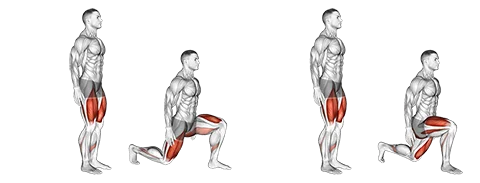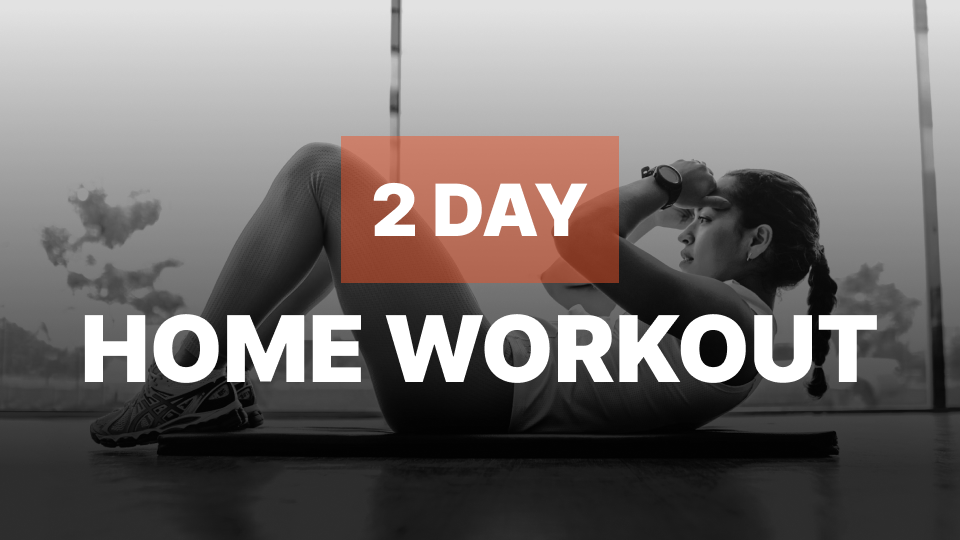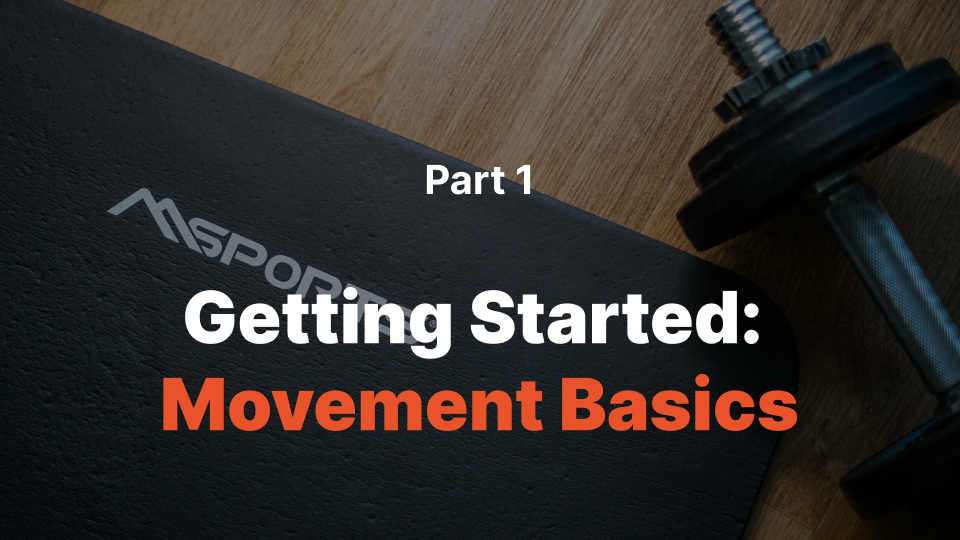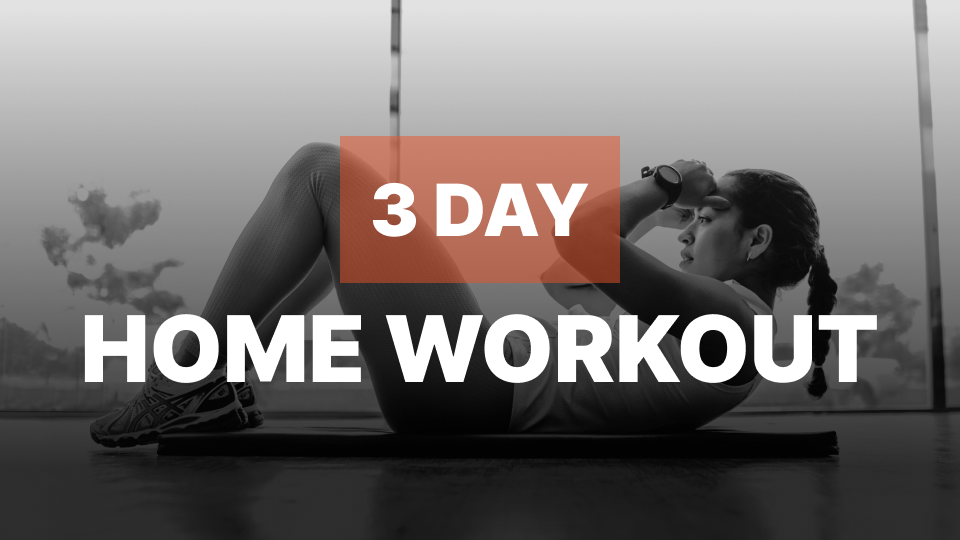Introduction
The lunge exercise targets the lower body muscles, primarily focusing on the quadriceps, hamstrings, and glutes. It enhances balance, flexibility, and strengthens leg stability. This movement is particularly useful for those seeking to improve their lower body strength and endurance, making it an effective tool in achieving fitness goals related to running, jumping, or everyday activities that require powerful legs.
Muscles Worked
- Primary: Quadriceps (rectus femoris, vastus medialis, vastus lateralis, vastus intermedius), Gluteus maximus, Hip flexors (iliopsoas)
- Secondary: Hamstrings (semitendinosus, biceps femoris, semimembranosus), Erector spinae, Abdominal muscles (rectus abdominis, obliques)
How to Do It (Step-by-Step)
- Start with feet hip-width apart and hands on hips.
- Step forward with one foot while simultaneously lowering the hips until both knees are bent at approximately a 90-degree angle.
- Keep your torso upright, core engaged, and front knee directly above the ankle. Ensure back heel is lifted off the ground. Return to starting position by pushing through the heel of the forward foot and repeating on the opposite side.
Tip: Make sure not to lean too far forward or arch your lower back during the lunge exercise.
Rep & Rest Guidelines
- Strength: 4–6 reps, 2–3 min rest
- Hypertrophy: 8–12 reps, 60–90 sec rest
- Endurance: 12–20 reps, 30–60 sec rest
Automate your workouts with Auto Progression.
Make every workout count with Rest Timer.
Form Tips
- Maintain an upright torso with a slight forward lean to engage the core muscles.
- Step forward with one foot, keeping the back knee slightly bent and the front knee aligned over the ankle.
- Push off from the back foot, driving the weight through the heel of the front foot as you return to the starting position.
When to Use It
- Improving Lower Body Strength: Lunges help strengthen the lower body muscles, including quadriceps, hamstrings, and glutes.
- Enhancing Balance and Coordination: Performing lunges on one leg at a time can improve your balance and coordination skills.
- Developing Functional Fitness: Lunges mimic everyday movements like walking or climbing stairs, making them effective for functional fitness training.
Workout History helps track and analyze your progress over time.
Lunges primarily work the quadriceps, glutes, and hamstrings.
Aim for 3-4 sets of 10-12 repetitions per leg for each lunge variation.
Maintain an upright torso, step forward with one foot, lower your hips until both knees are bent at 90 degrees, then push back to starting position.
Yes, hold dumbbells or a barbell for added resistance and increased challenge.
Both have benefits. Walking lunges focus more on balance and stability, while stationary lunges may help build strength faster.




